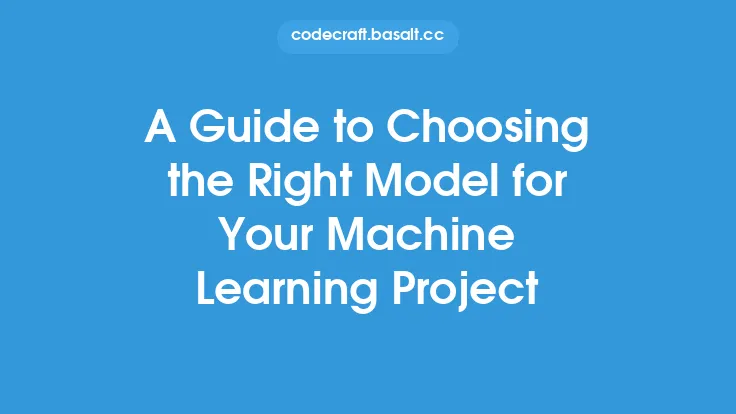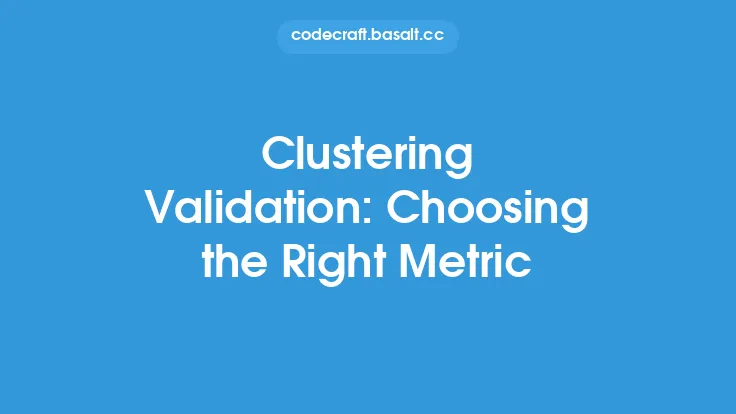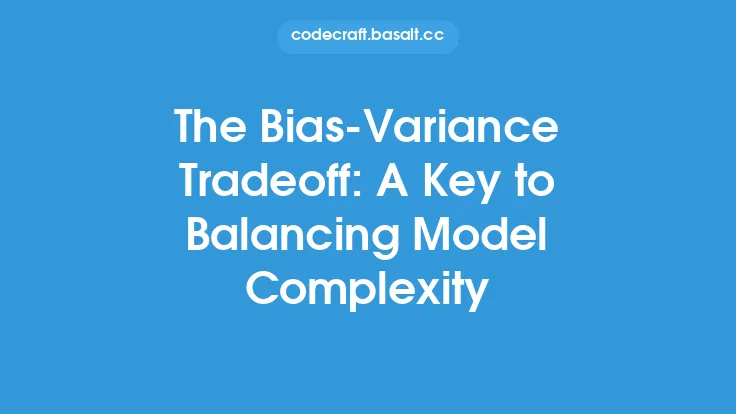In the realm of machine learning, regression analysis is a fundamental concept that enables data scientists to establish relationships between variables. When it comes to regression, two primary approaches come to mind: simple regression and multiple regression. While both methods share the same objective – to model the relationship between a dependent variable and one or more independent variables – they differ significantly in terms of their application, interpretation, and complexity. In this article, we will delve into the world of simple and multiple regression, exploring their differences, advantages, and disadvantages, to help you choose the right approach for your specific problem.
Simple Regression
Simple regression, also known as univariate regression, involves modeling the relationship between a single independent variable (predictor) and a dependent variable (response). This approach is useful when there is a clear, direct relationship between the two variables. Simple regression is often used for initial exploratory data analysis, as it provides a straightforward way to visualize and understand the relationship between two variables. The simple regression equation takes the form of y = β0 + β1x + ε, where y is the dependent variable, x is the independent variable, β0 is the intercept, β1 is the slope coefficient, and ε is the error term. Simple regression is easy to interpret, and the results can be visualized using a scatter plot with a regression line.
Multiple Regression
Multiple regression, on the other hand, involves modeling the relationship between multiple independent variables and a dependent variable. This approach is useful when there are several factors that contribute to the variation in the dependent variable. Multiple regression is a more complex and powerful technique than simple regression, as it can handle multiple predictors and their interactions. The multiple regression equation takes the form of y = β0 + β1x1 + β2x2 + … + βnxn + ε, where y is the dependent variable, x1, x2, …, xn are the independent variables, β0 is the intercept, β1, β2, …, βn are the slope coefficients, and ε is the error term. Multiple regression is more challenging to interpret than simple regression, as the relationships between the independent variables and the dependent variable can be complex and influenced by correlations between the predictors.
Choosing Between Simple and Multiple Regression
When deciding between simple and multiple regression, several factors come into play. If the problem involves a single predictor and a clear, direct relationship between the variables, simple regression may be the better choice. However, if the problem involves multiple predictors, and the relationships between the variables are complex, multiple regression is likely a better fit. Additionally, if the goal is to identify the most important predictors and their interactions, multiple regression is more suitable. Another crucial consideration is the risk of multicollinearity, which occurs when two or more independent variables are highly correlated. In such cases, simple regression or dimensionality reduction techniques, such as principal component analysis (PCA), may be necessary to avoid unstable estimates and inflated variance.
Assumptions and Limitations
Both simple and multiple regression rely on several assumptions, including linearity, independence, homoscedasticity, normality, and no multicollinearity. If these assumptions are not met, the results may be biased, and alternative techniques, such as generalized linear models (GLMs) or robust regression, may be necessary. Furthermore, regression analysis is sensitive to outliers, missing values, and data quality issues, which can significantly impact the accuracy and reliability of the results. Therefore, it is essential to carefully evaluate the data, check for assumptions, and consider data preprocessing techniques, such as data transformation, feature scaling, and handling missing values, before applying regression analysis.
Model Evaluation and Selection
Evaluating and selecting the best regression model is crucial to ensure that the results are reliable and generalizable. Common evaluation metrics for regression models include mean squared error (MSE), mean absolute error (MAE), R-squared, and coefficient of determination. These metrics provide insights into the model's goodness of fit, predictive performance, and coefficient accuracy. Additionally, techniques, such as cross-validation, bootstrapping, and permutation tests, can be used to assess the model's robustness and avoid overfitting. When comparing simple and multiple regression models, it is essential to consider the trade-off between model complexity and interpretability, as well as the risk of overfitting and underfitting.
Conclusion
In conclusion, simple and multiple regression are two fundamental approaches in regression analysis, each with its strengths and weaknesses. While simple regression is suitable for problems with a single predictor and a clear, direct relationship, multiple regression is more powerful and flexible, handling multiple predictors and their interactions. By understanding the differences between these two approaches, considering the assumptions and limitations, and carefully evaluating and selecting the best model, data scientists can unlock the full potential of regression analysis and make informed decisions in a wide range of applications, from predictive modeling to data-driven decision making. Ultimately, the choice between simple and multiple regression depends on the specific problem, data characteristics, and research question, highlighting the importance of a thorough understanding of both approaches and their applications in machine learning.





